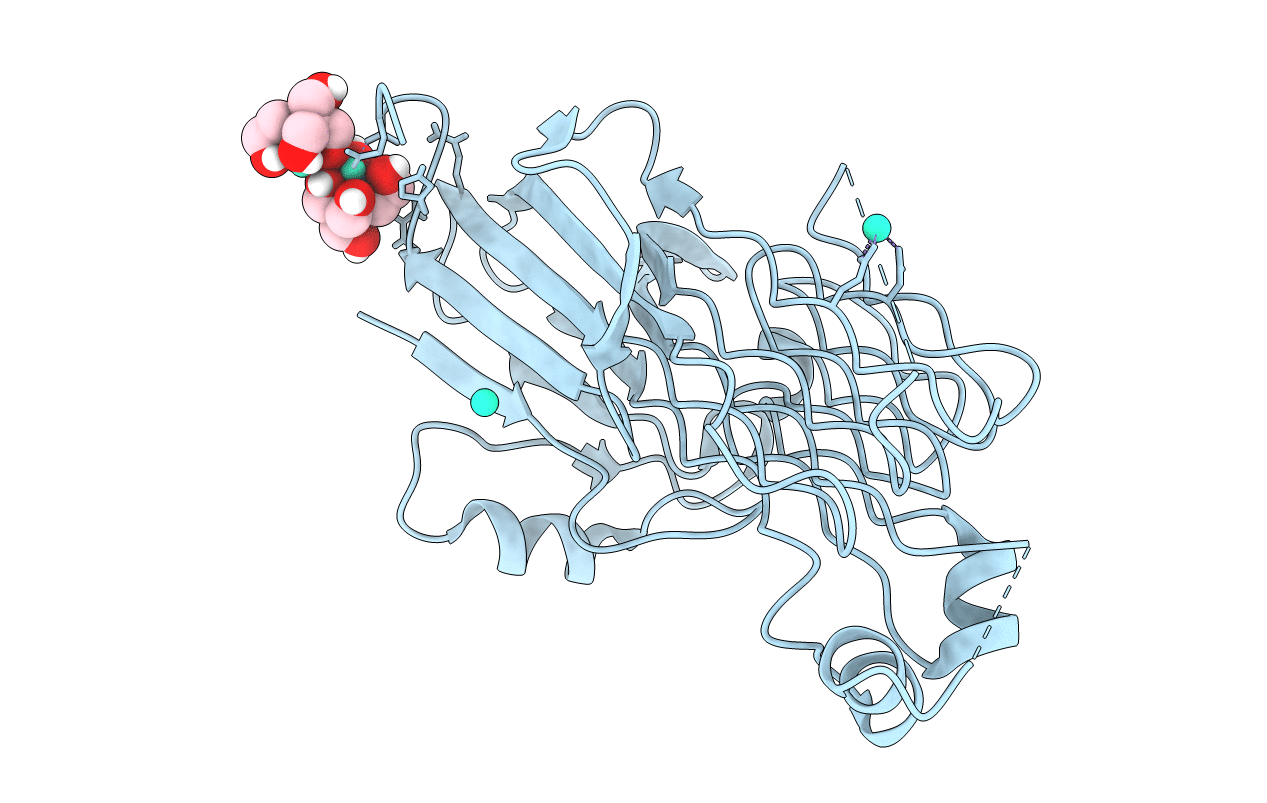
Deposition Date
2021-03-17
Release Date
2021-10-27
Last Version Date
2024-11-13
Method Details:
Experimental Method:
Resolution:
1.30 Å
R-Value Free:
0.18
R-Value Work:
0.15
R-Value Observed:
0.15
Space Group:
P 1 21 1


